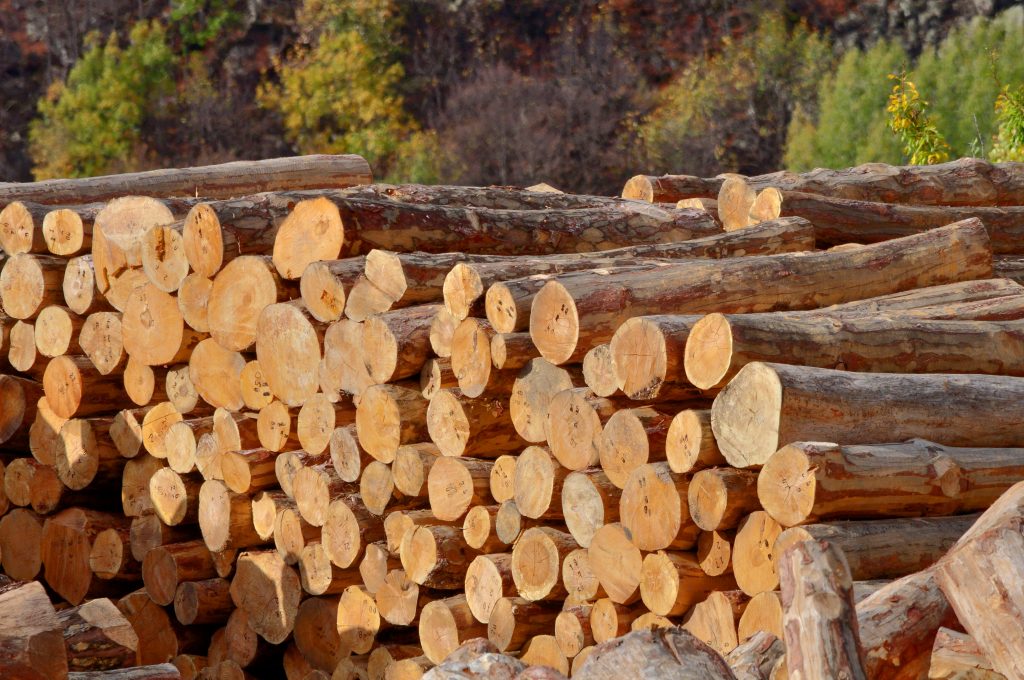
In the world of construction, strength is a paramount factor that determines the durability and longevity of any structure. From towering skyscrapers to intricate bridges, engineers and architects constantly strive to create the strongest type of construction. In this article, we delve into the realm of construction materials and techniques to uncover the most robust and resilient form of construction.
- Reinforced Concrete: The Backbone of Strength
Reinforced concrete stands as a titan in the construction industry, renowned for its exceptional strength and versatility. Composed of concrete fortified with steel reinforcement, this construction method offers a unique combination of compressive strength and tensile resistance. The steel reinforcement provides the necessary support to counteract the concrete's inherent weakness in tension, resulting in a formidable and durable structure. - Steel Structures: Forging a Path to Strength
Steel structures have long been synonymous with strength and reliability. The high strength-to-weight ratio of steel makes it an ideal choice for constructing large-scale buildings, bridges, and industrial facilities. The inherent ductility of steel allows it to withstand extreme forces, such as earthquakes and strong winds, without compromising its structural integrity. Additionally, steel structures offer flexibility in design, enabling architects to create innovative and awe-inspiring structures. - Composite Materials: The Fusion of Strength
Composite materials, a combination of two or more distinct materials, have emerged as a game-changer in the construction industry. By blending the unique properties of different materials, engineers can create structures that surpass the strength limitations of individual components. For example, fiber-reinforced polymers (FRPs) combine the strength of fibers, such as carbon or glass, with the flexibility of polymers, resulting in lightweight yet robust structures. Composite materials offer enhanced resistance to corrosion, fatigue, and extreme temperatures, making them an attractive choice for various construction applications. - Geodesic Domes: A Marvel of Strength and Efficiency
Geodesic domes, popularized by visionary architect Buckminster Fuller, represent a revolutionary approach to construction. These spherical structures consist of interconnected triangles, distributing stress evenly throughout the framework. The geometric design of geodesic domes maximizes strength while minimizing the amount of material required, making them highly efficient and structurally sound. These domes have demonstrated exceptional strength in withstanding natural disasters, making them a compelling option for disaster-resistant construction.
Conclusion:
In the quest for the strongest type of construction, various materials and techniques have emerged as frontrunners. Reinforced concrete, steel structures, composite materials, and geodesic domes all offer exceptional strength and durability. Each method possesses unique advantages, catering to different construction needs and contexts. By harnessing the power of these construction techniques, engineers and architects continue to push the boundaries of what is possible, creating structures that stand the test of time.

